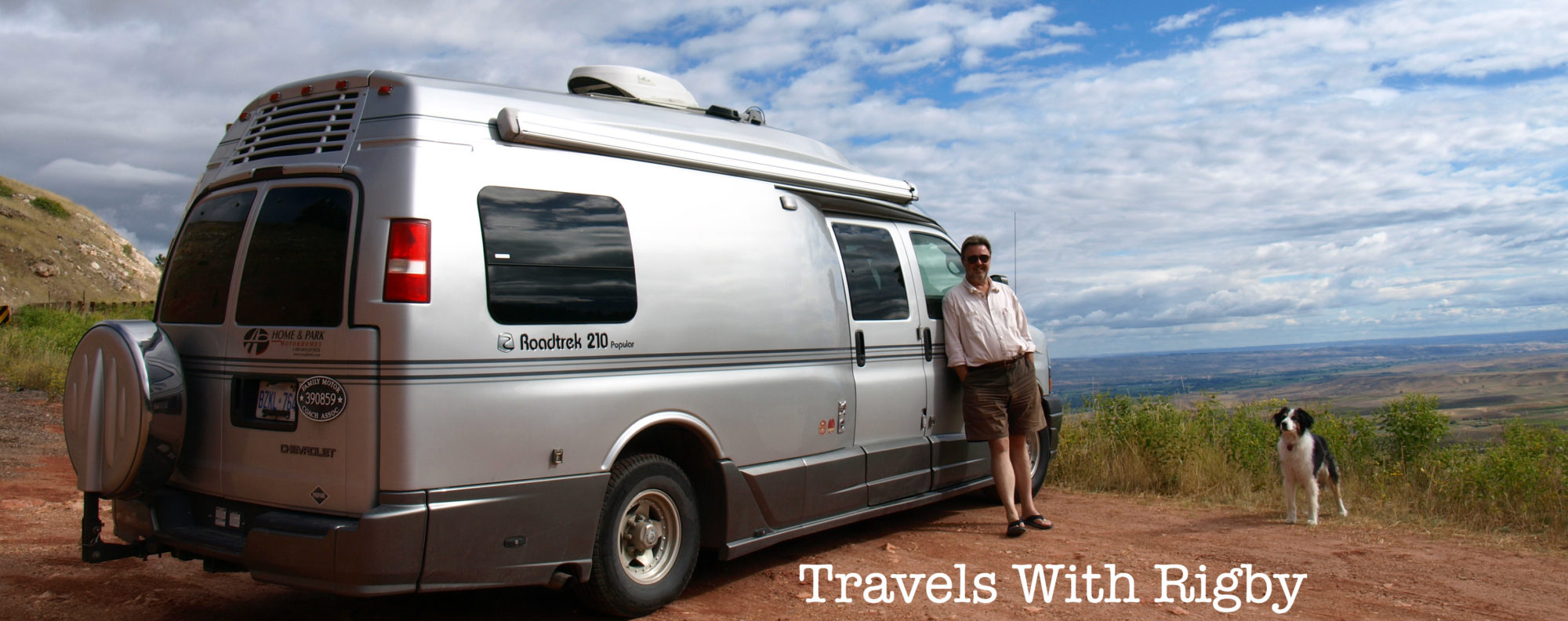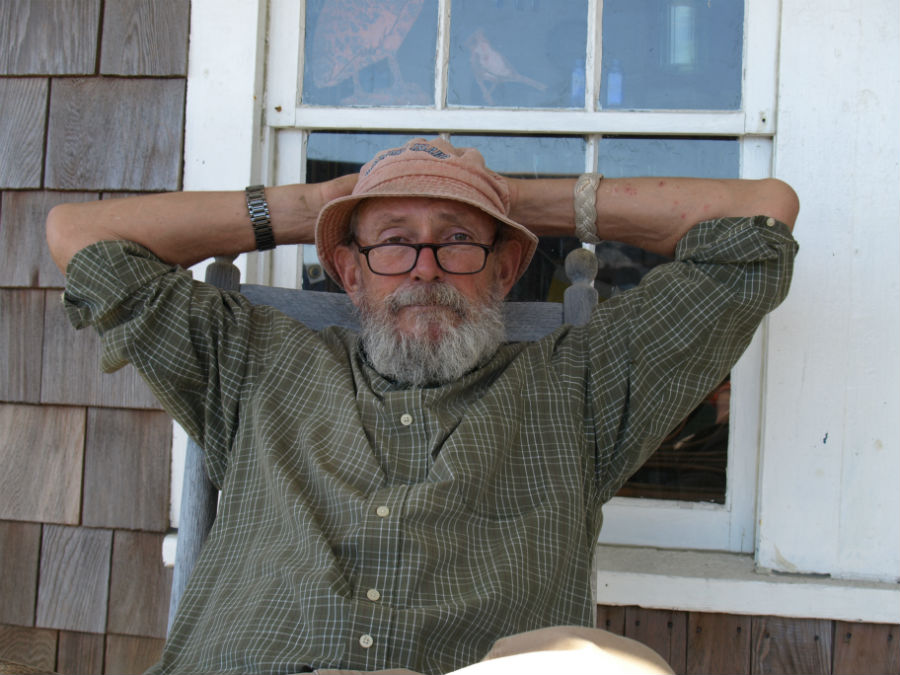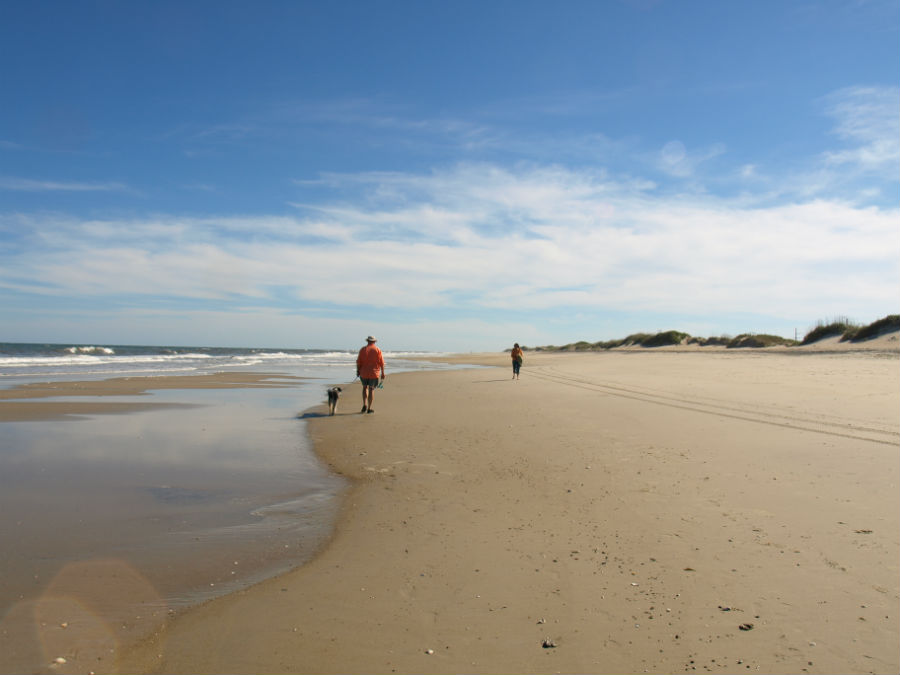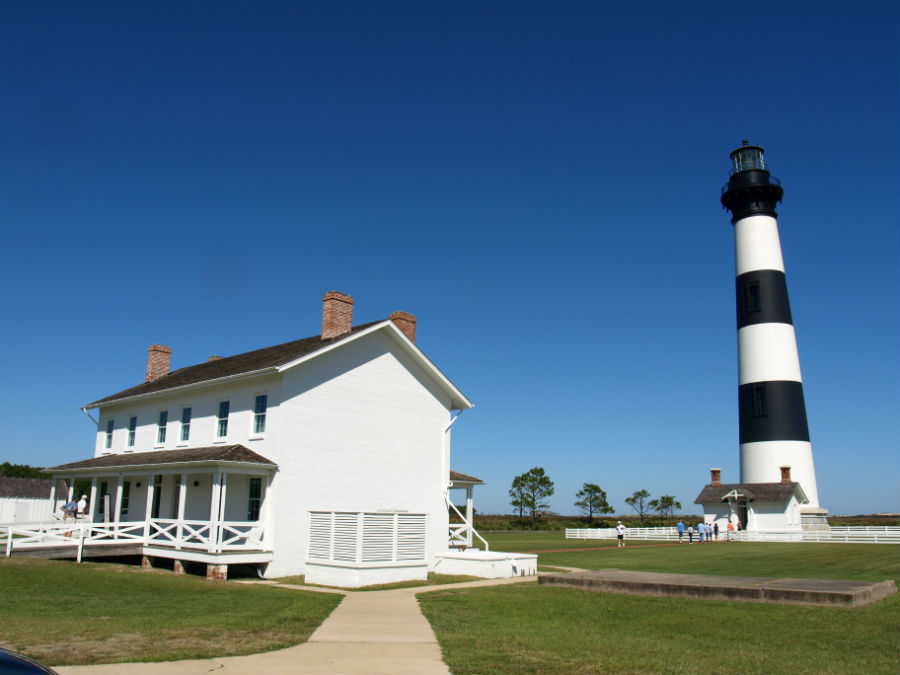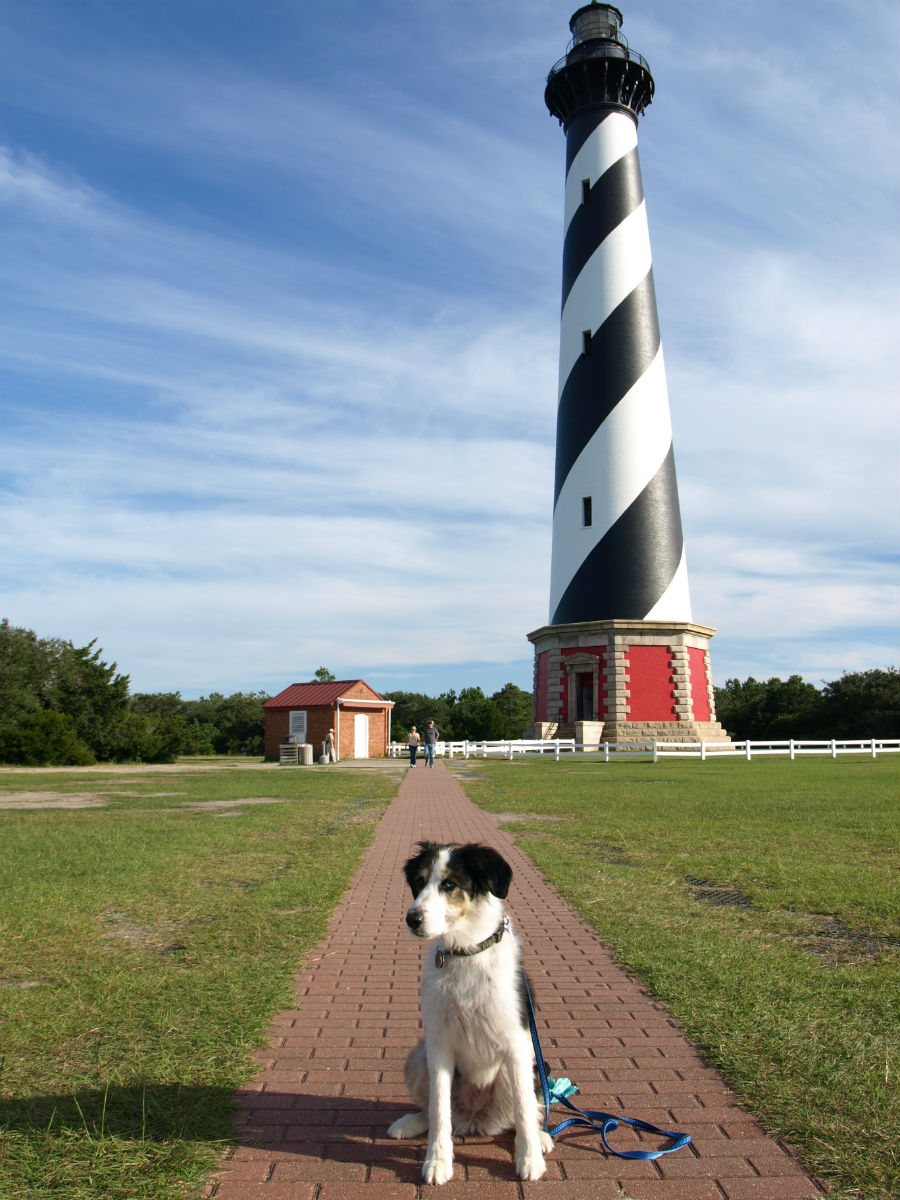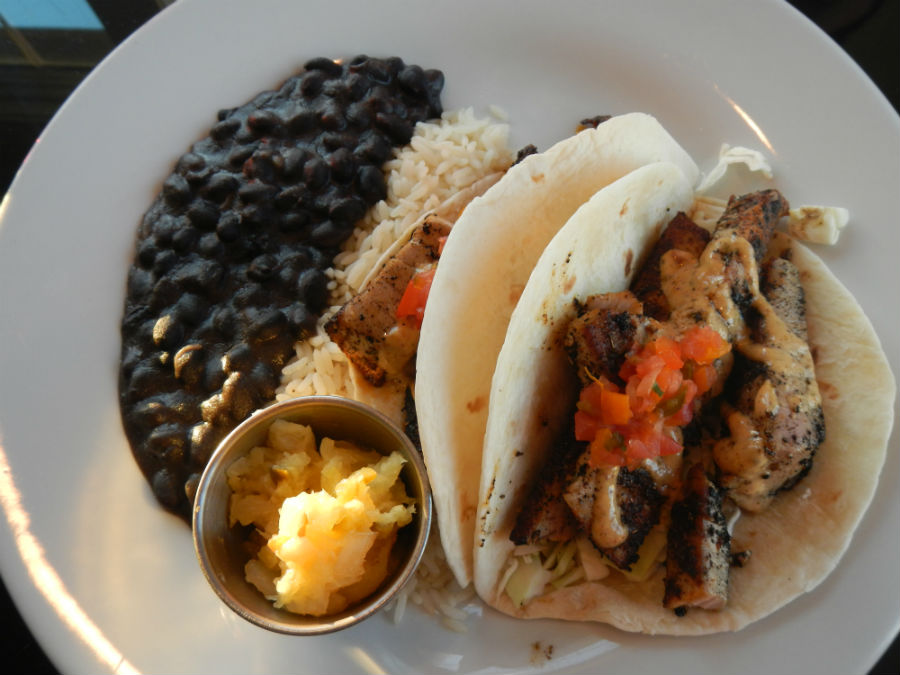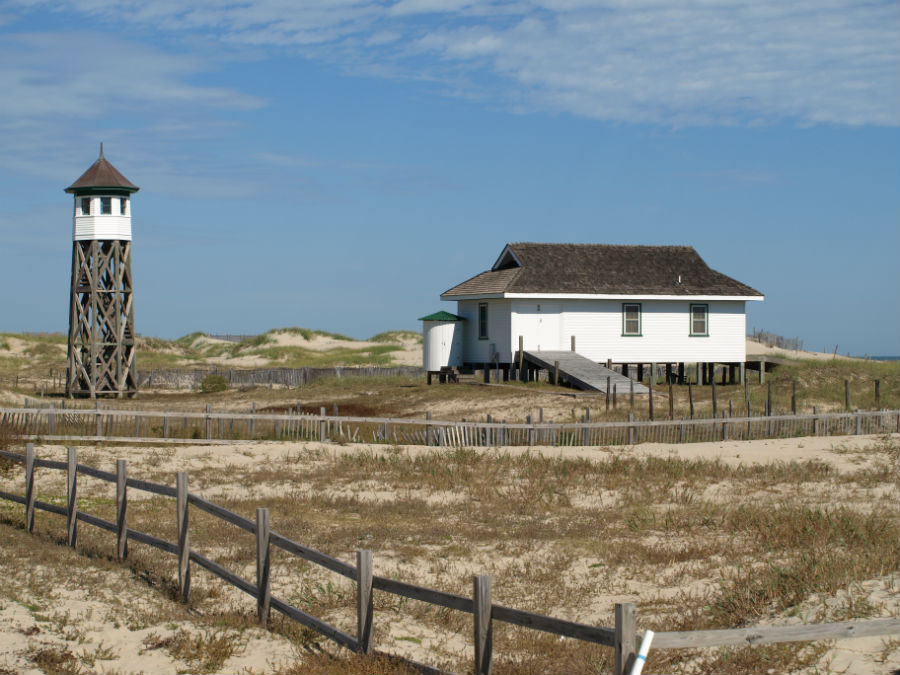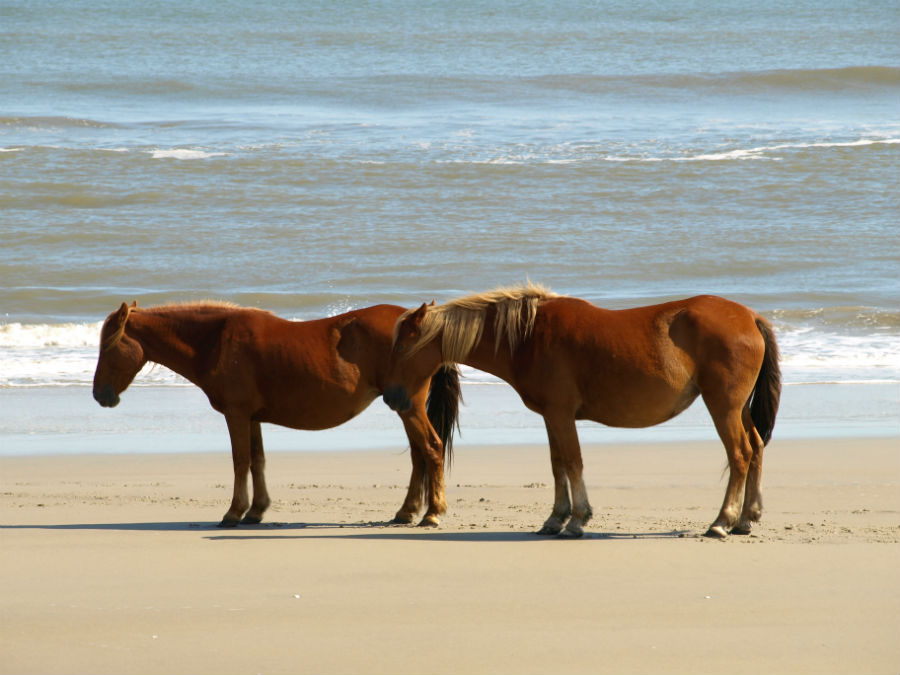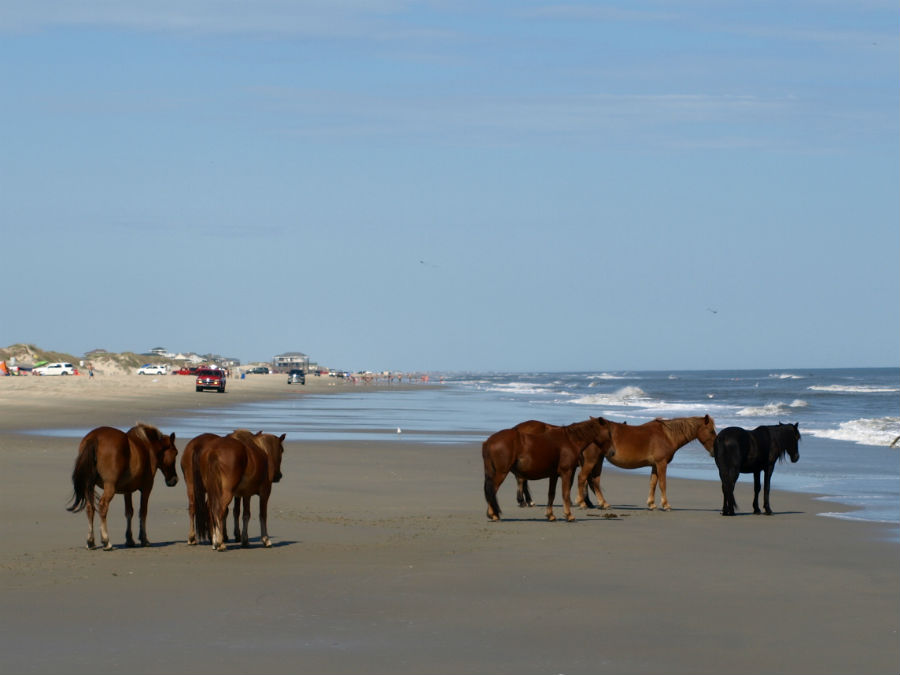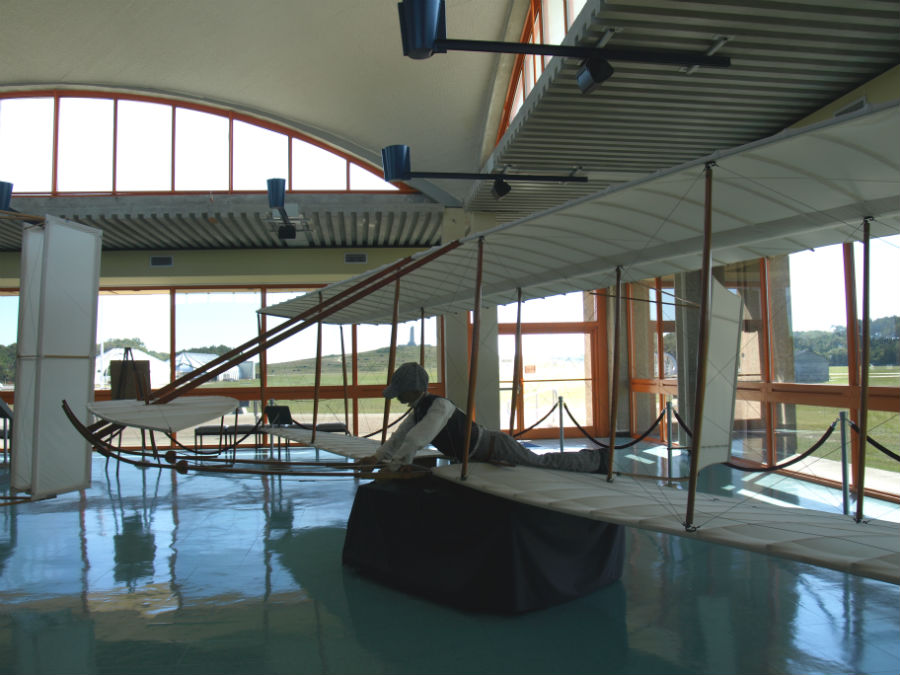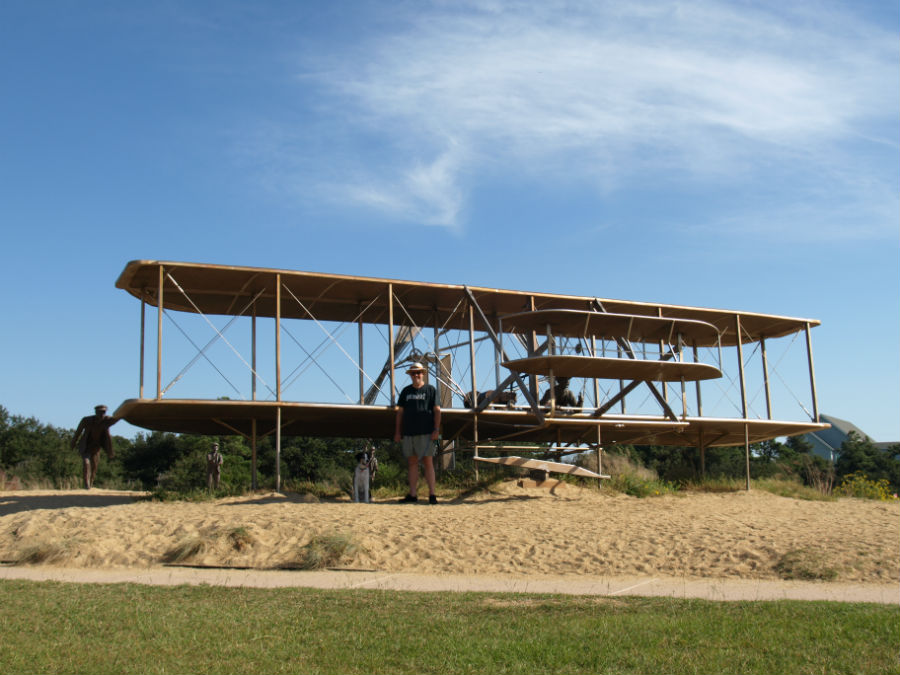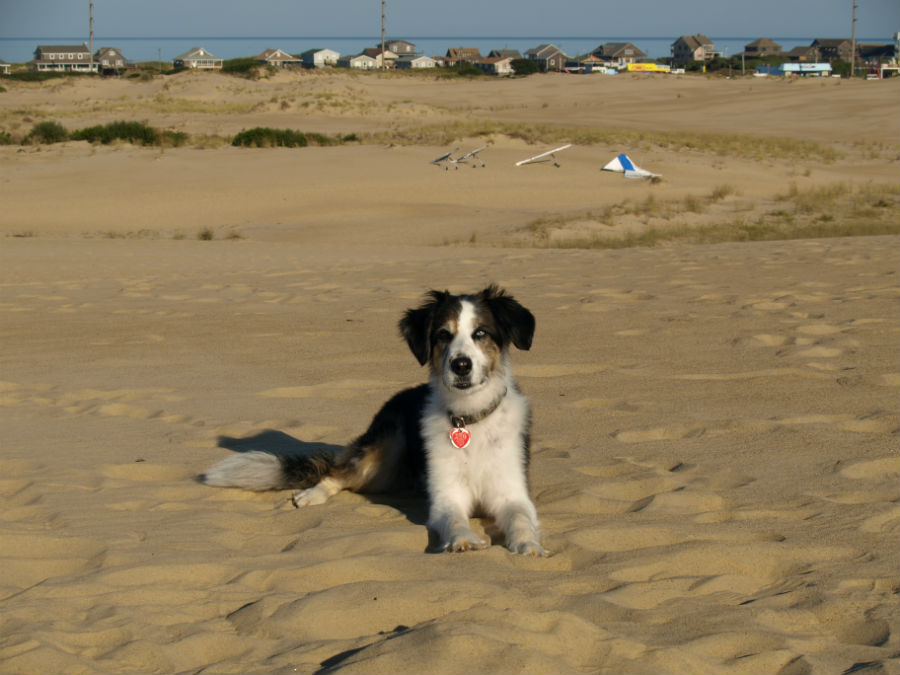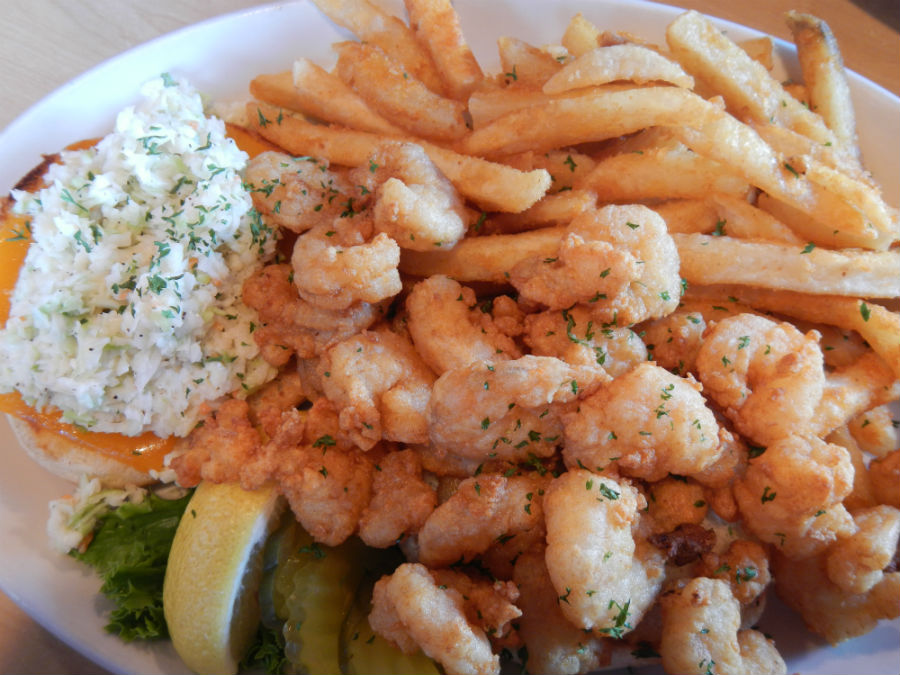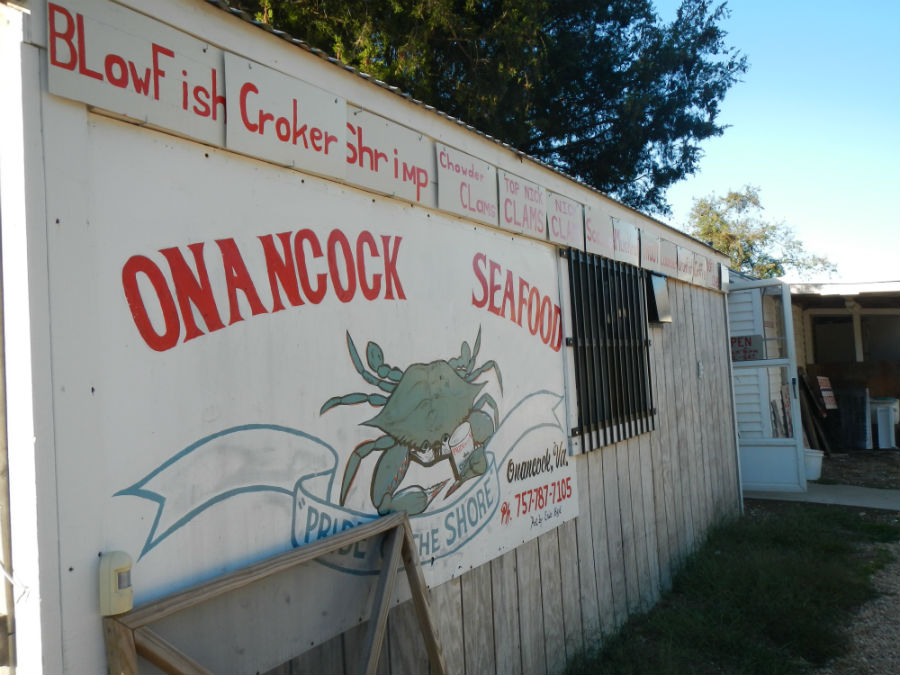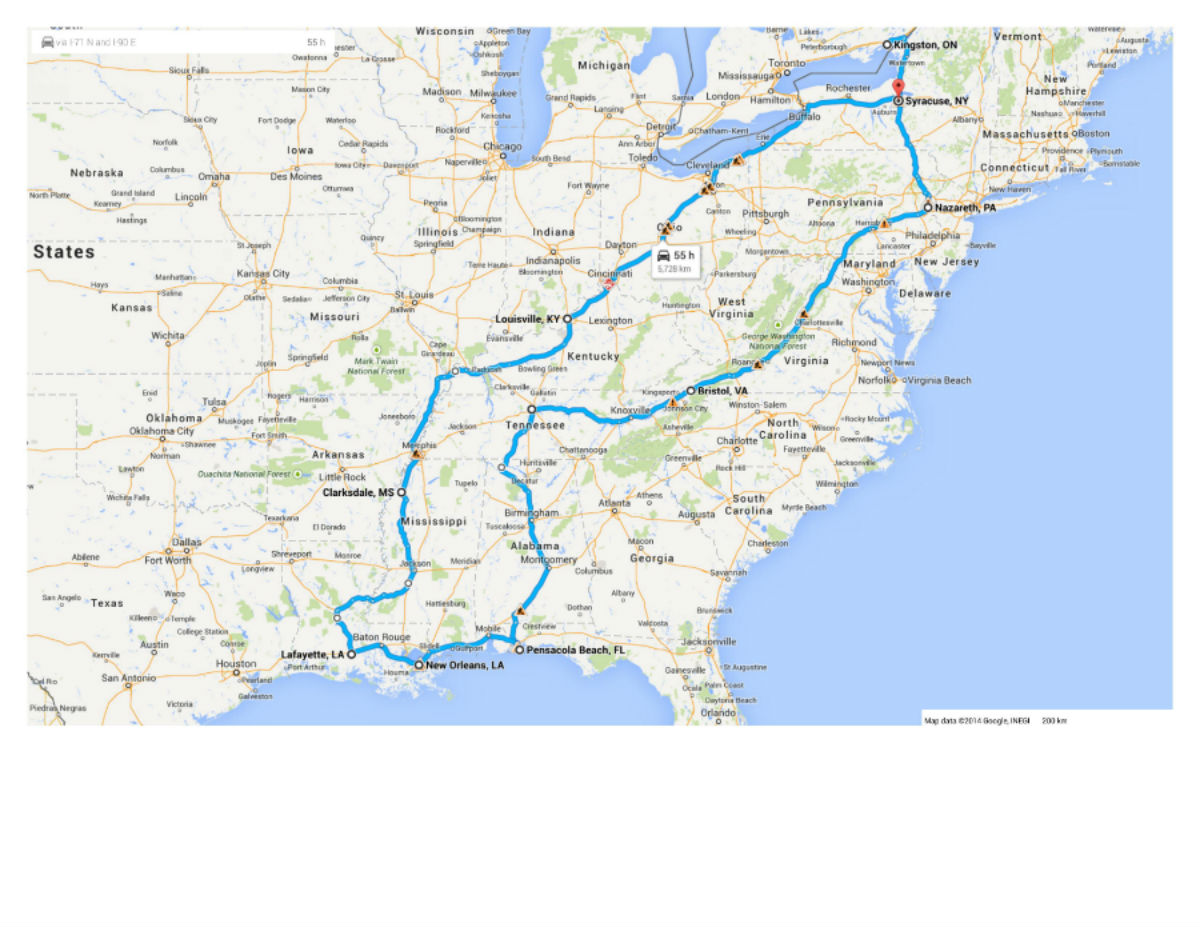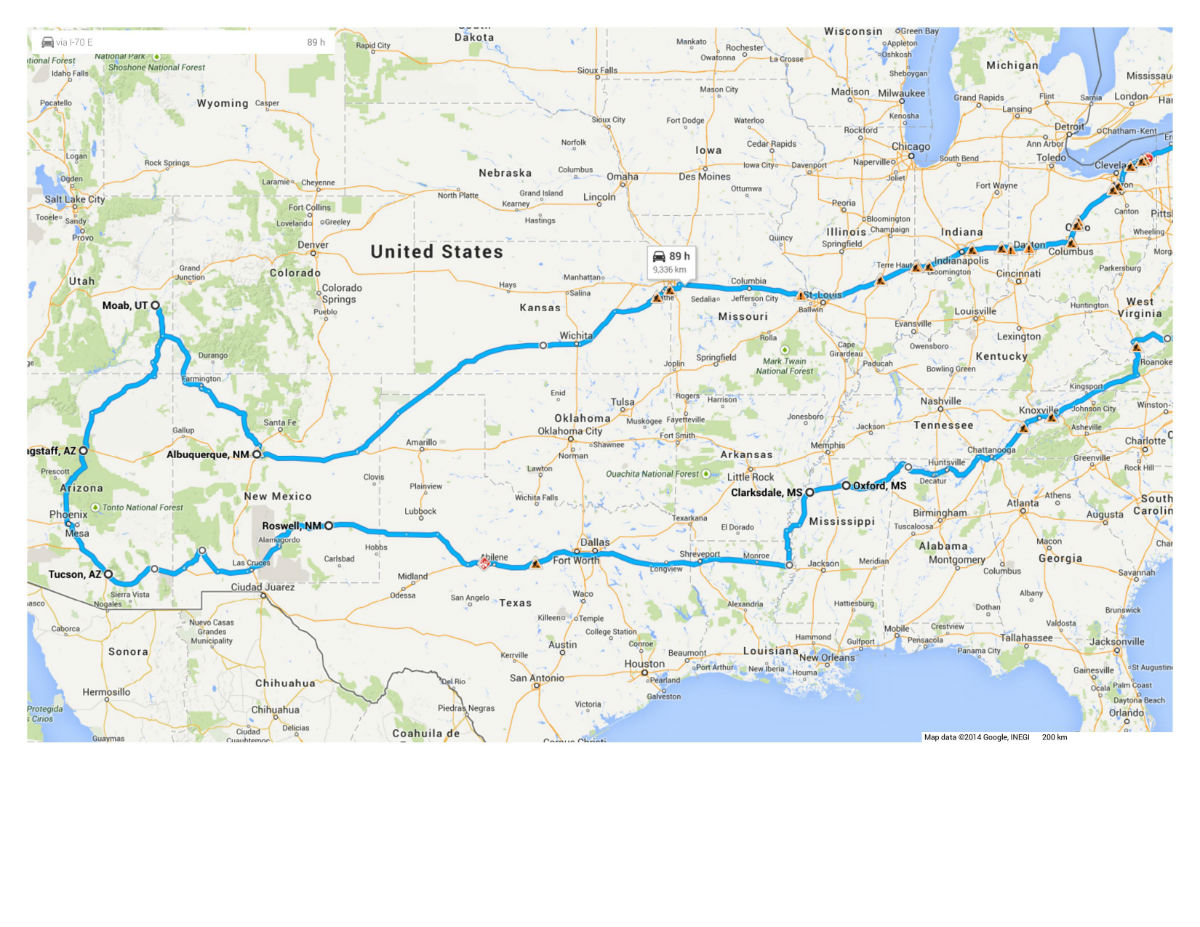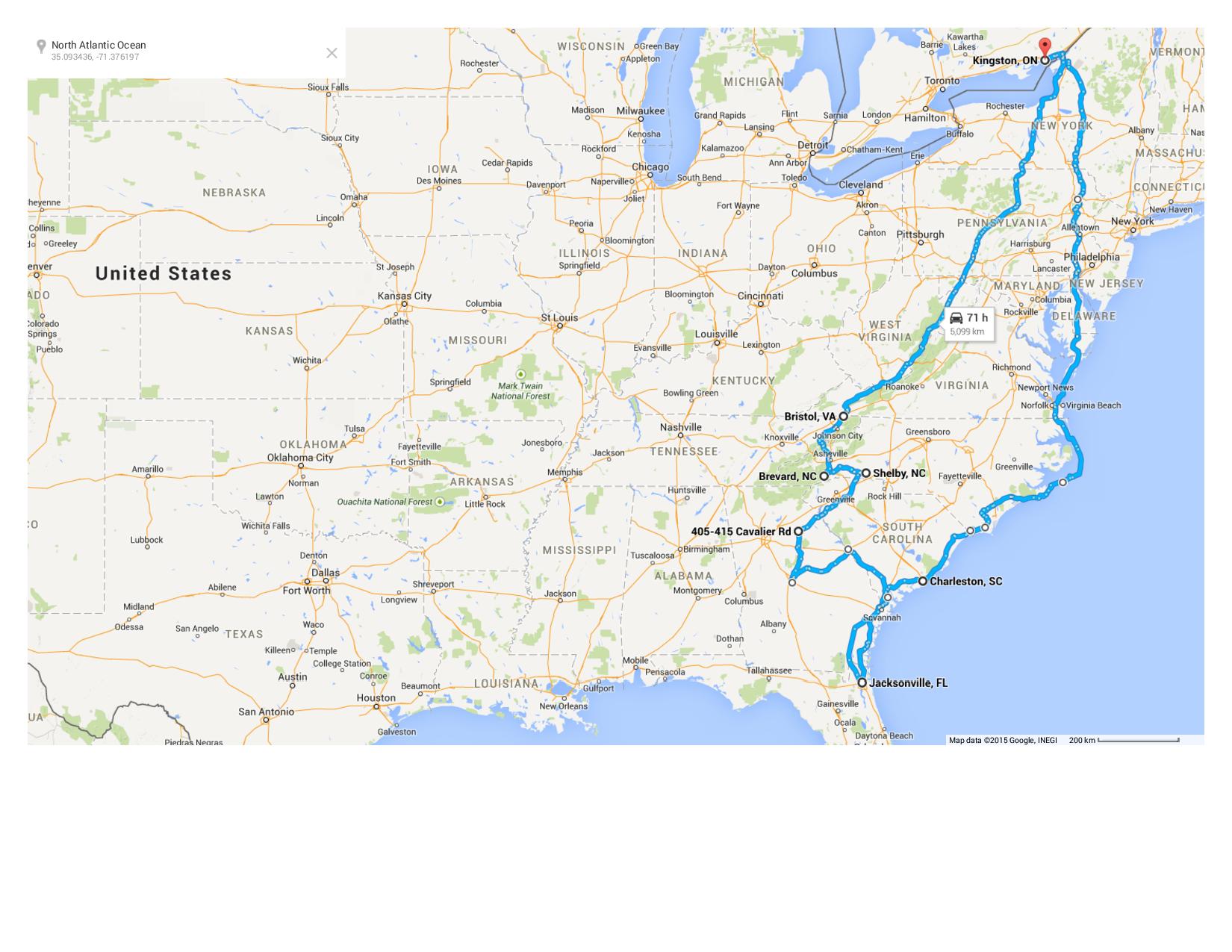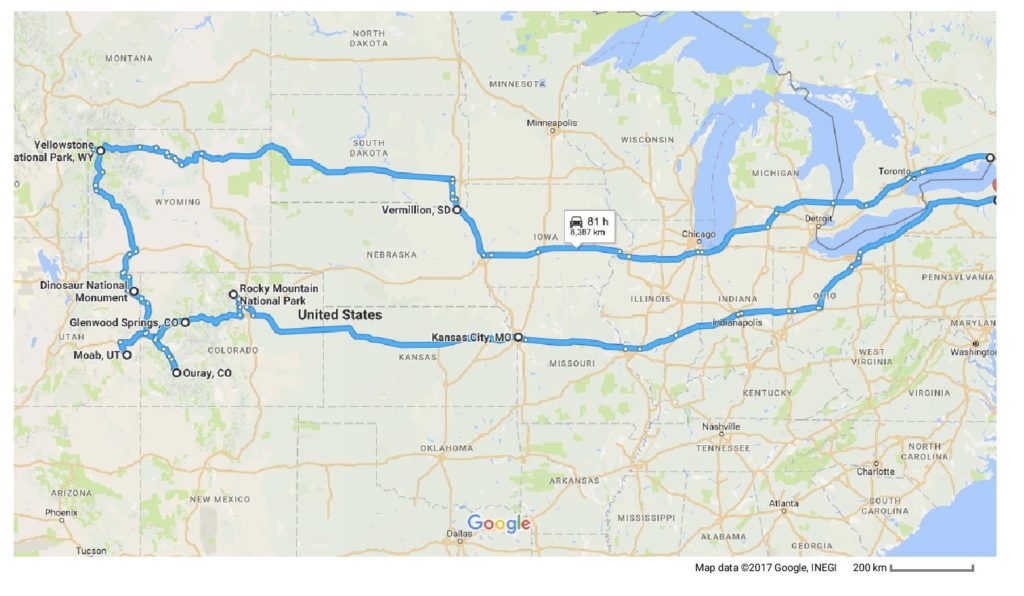Getting to Ocracoke Island means a ferry crossing. And we not so much arrived at the tiny dock at the north tip as we gently slid in – both as a mode of transportation and a mindset.
It took seconds for us to love Ocracoke. There’s an air of instant relaxation. Sure, there’s just one way to get there (ferries at either end). Sure, the NPS campground has no hook-ups and cold water showers. And you won’t hear us complain about the total absence of anything remotely resembling a chain store. Thank goodness.
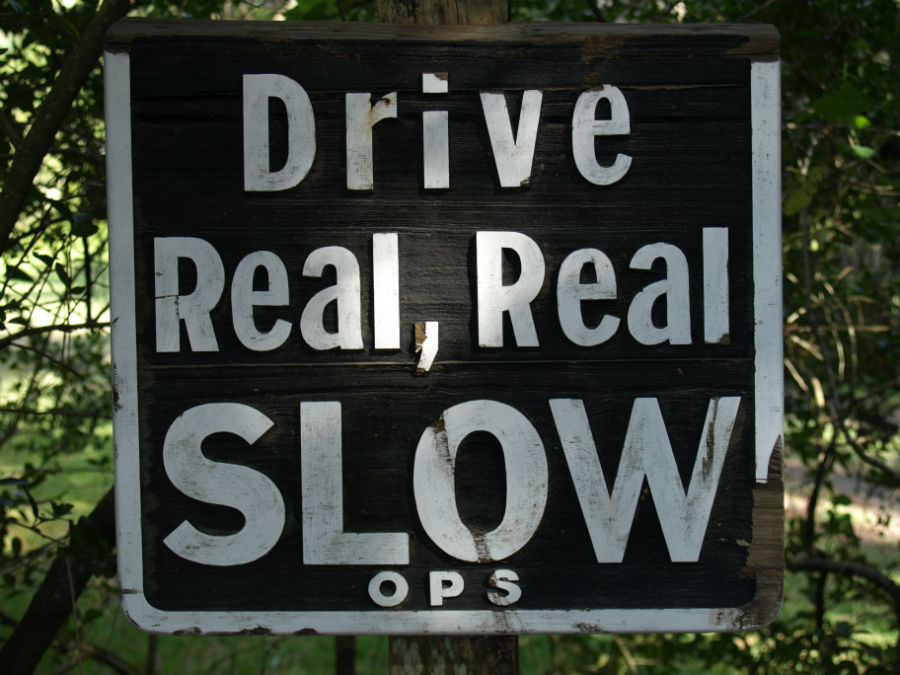
So, what do people do once they get there? Well, they walk on the long strands of deserted beach. They fish. They explore the tiny streets of the island’s one village. They visit the lighthouse and look for the spot where the notorious Blackbeard met his end in 1718. They do a little shopping at the one-of-a-kind artisan shops. They talk to the locals. They eat their weight in fresh seafood.
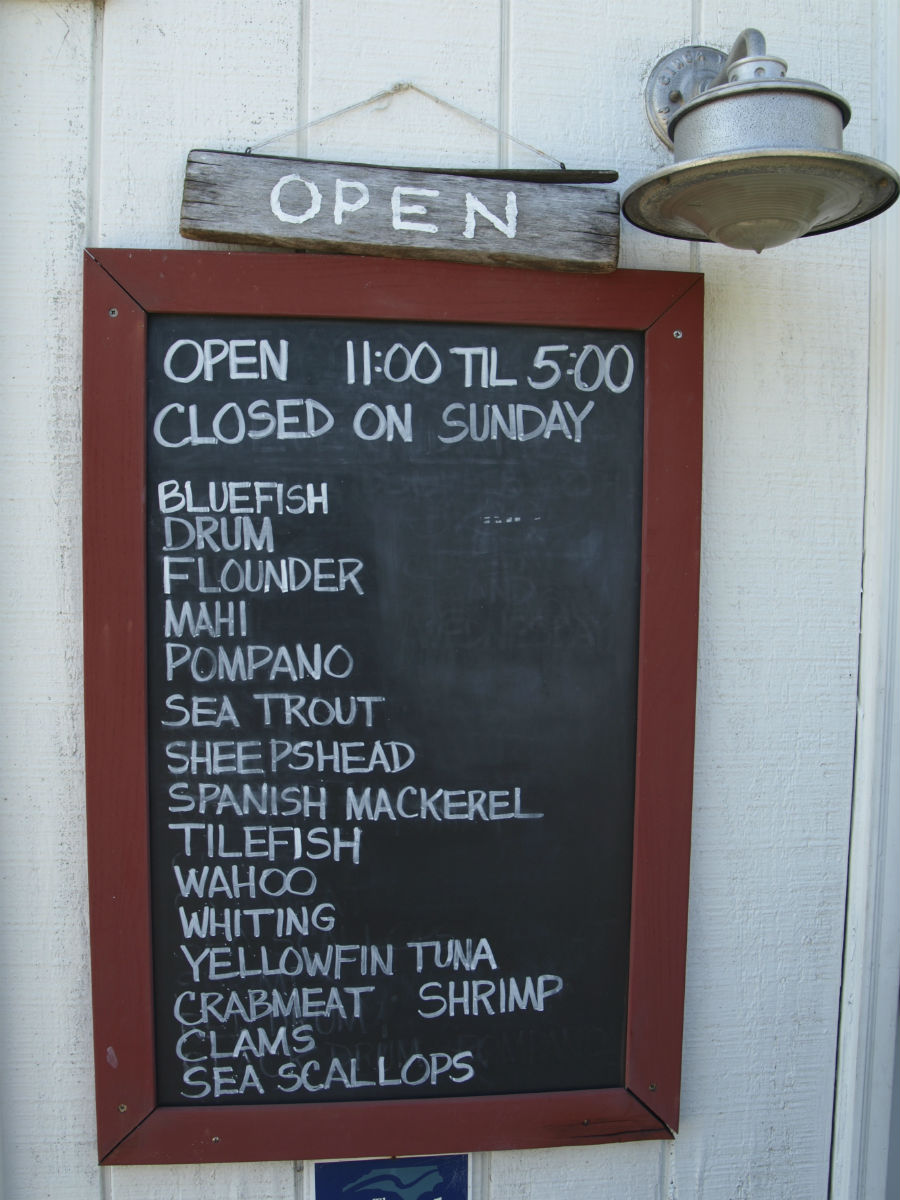
The off-season is the time to come (autumn is when the weather is great – as long as those nuisance hurricanes stay out of the way – and it’s the best time for fishing). Summer can be busy, which is why the village has introduced golf carts as a way of dealing with cars clogging up the historic district’s narrow streets.
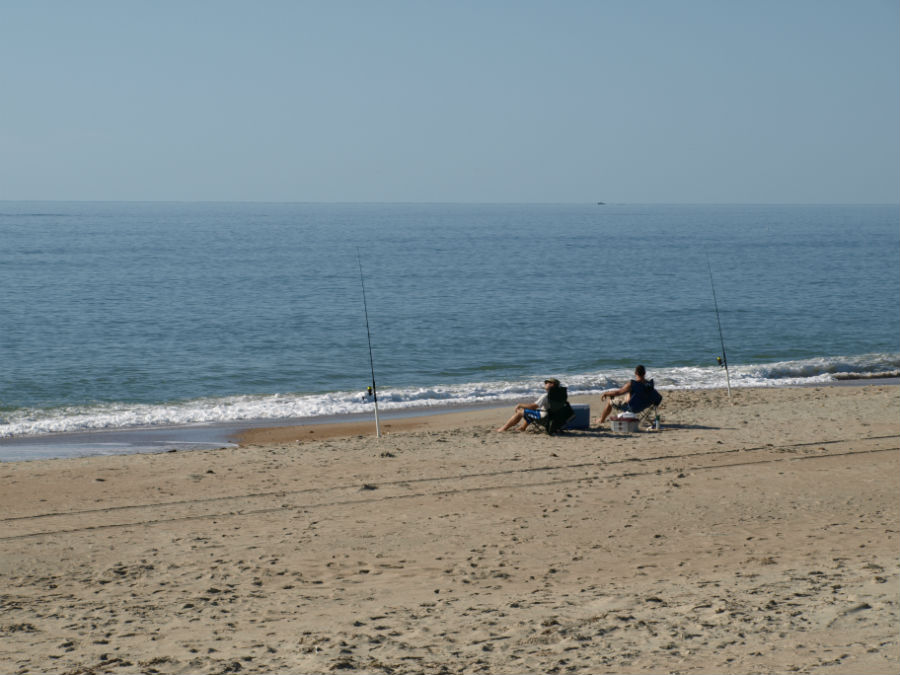
The setting is spectacular. The seafood couldn’t be fresher. But, it’s really the people of Ocracoke and the rich sense of community that made our visit shine.
It doesn’t take much to pull a story of the families of Ocracoke from Ocracoke Preservation Museum volunteer historian Al Scarborough. “Ocracoke is a very small community. Everyone’s related. The good news is everyone’s related,” he laughs. “The bad news is everyone knows your business.”
It was never really a fishing village, although people think of it that way. It began as an outpost for pilots, the skilled seamen who piloted schooners through the inlet. The pilots and their families were the lifeblood of Ocracoke.
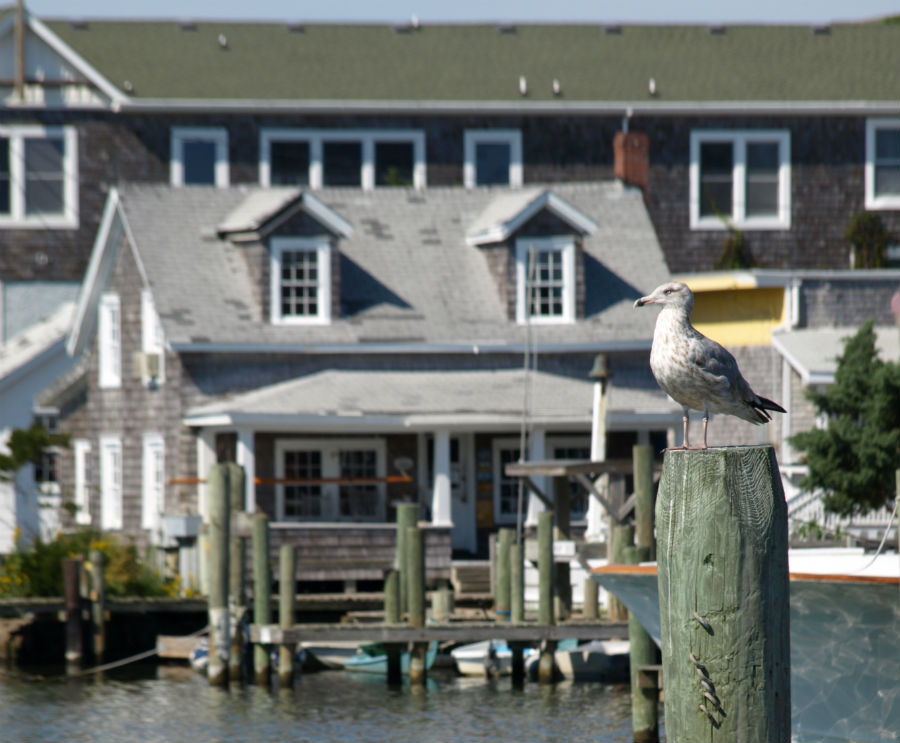
The island has seen shifts in its economy. When steam engines came along the need for pilots tanked. People moved to subsistence fishing. Refrigeration was invented and the catch could be stored before being shipped to larger ports. As soon as ferries connected the island to the mainland, tourism trickled in, and rocketed once a reverse osmosis plant in the 1960s meant that small hotels and inns could handle a larger number of guests.
Now, don’t get the idea that all of this growth means high rises and the like. Ocracoke has stayed small and the people like it that way. Flip open a phone book and you’ll still find pages of island family names: Gaskill, Gaskin, Braggs and Howard.
Philip Howard traces his family lineage back to the original purchasers of the island in 1759. Philip is a bit of a local authority on the history of the island and he certainly knows “where the bodies are buried.”
Actually, everyone does. Ocracoke (population: 850) has got more than 80 cemeteries and many families buried ‘em in the backyard.
Standing along the narrow, dirt Howard Street (a back laneway in the village’s historic core), Philip was able to point out a slew of final resting places for his relatives. “My grandparents are buried there,” he points. “And my aunt and uncle over there,” pointing the opposite direction down the lane.
It’s still customary to bury one’s dearly departed in the family’s small, fenced backyard cemetery.
It’s cosy and friendly and comfortable and there’s more than enough to fill your time. We’ve got some suggestions of don’t-miss stops:
- Ocracoke Light Station – the walls are four-foot thick red brick, plastered and whitewashed.
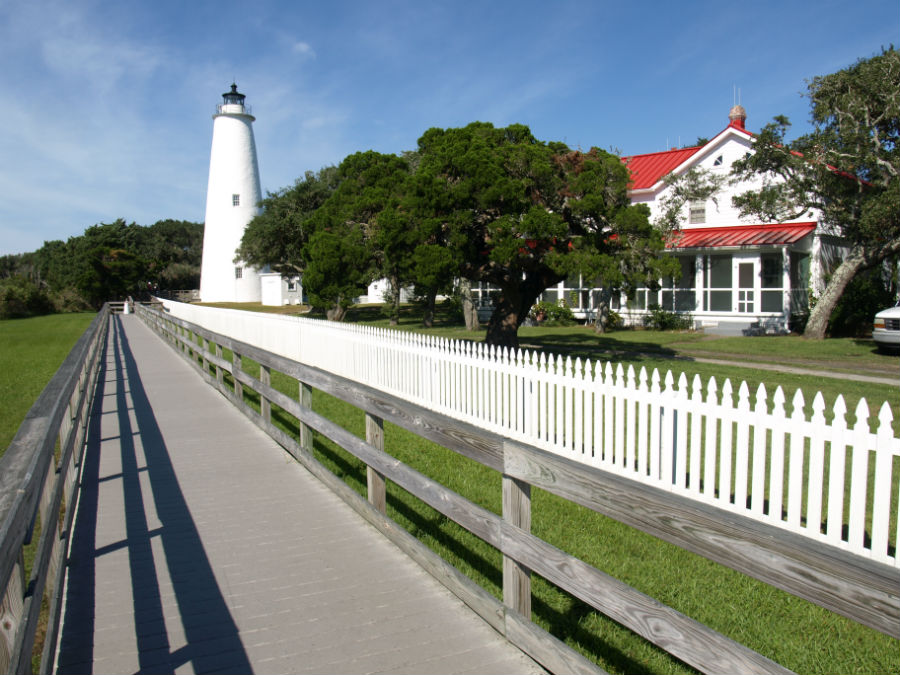
- Springer’s Point is a lovely walk through a mature maritime forest to a stretch of beach where historians believe Blackbeard was based.
- Rudy Austin’s Austin Boat Tours shuttles fishermen, campers and daytrippers to deserted Portsmouth Island. Rudy, an Ocracoke native, covers birding, history, Blackbeard lore, fishing and dolphin watching.
- North Carolina native Rob Temple operates charters and tours on the schooner Windfall II and the historic Skipjack Wilma Lee. Rob is an authority on Blackbeard and knows all the answers to all the questions.
- Places to eat: The Flying Melon Café serves three meals a day, including local favourites like Shrimp Mash (grilled local shrimp with poached eggs, topped with hollandaise). If you’re cooking yourself, the place to get fresh seafood is at the Ocracoke Seafood Co., a local fish house where young fishermen like Morty Gaskill keep the traditions alive.
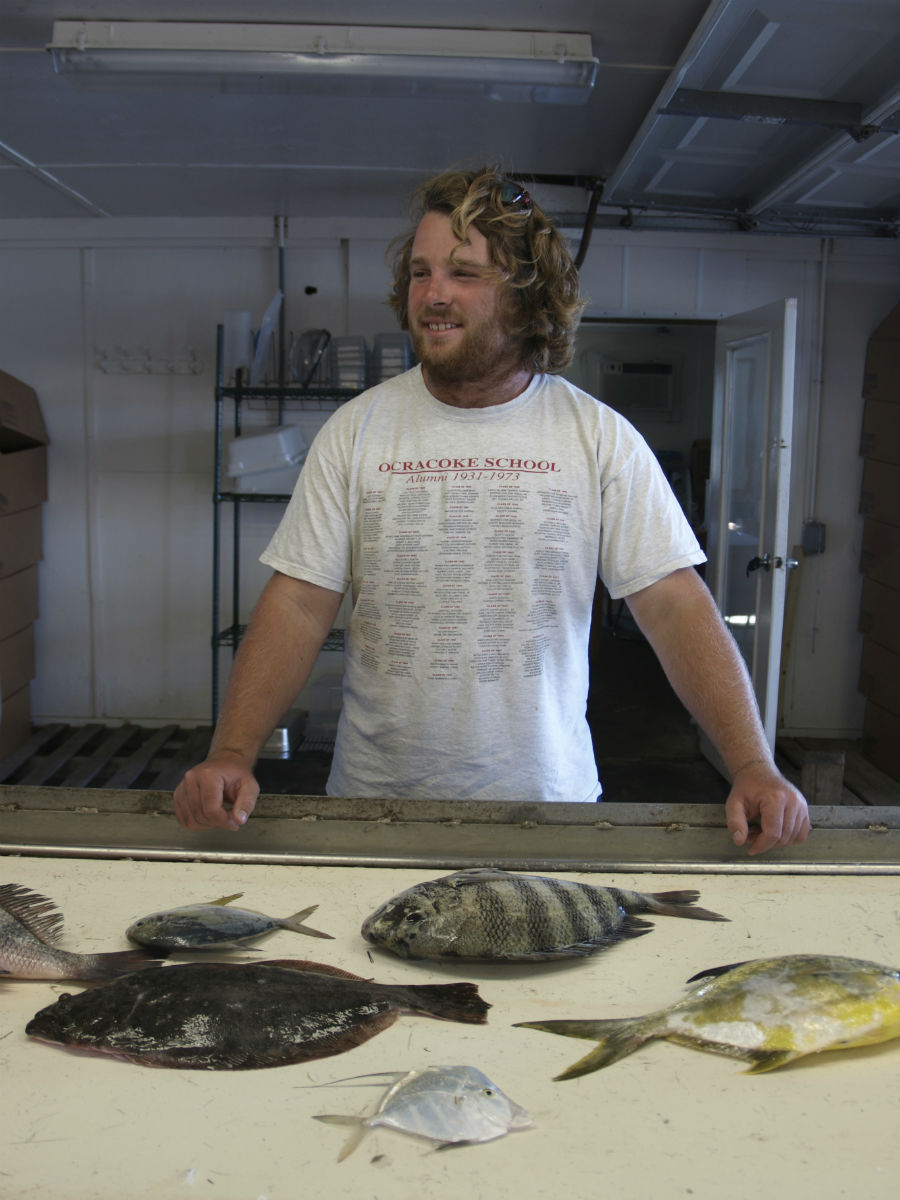
- Overnight stays: You’ll want to stay several days. There are many cottages to rent or you can book hotel suites at Captain’s Landing, right on the dockside with spectacular views of the harbour and the lighthouse. RV and tenters can bed down at the NPS Ocracoke Campground just a few miles north of the village.
